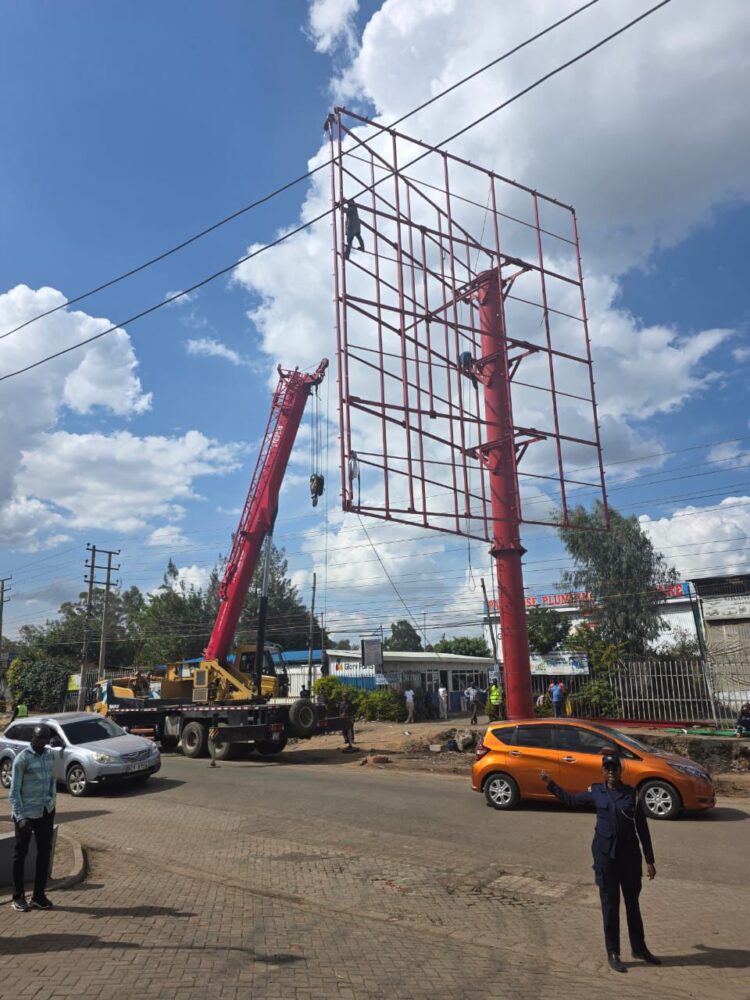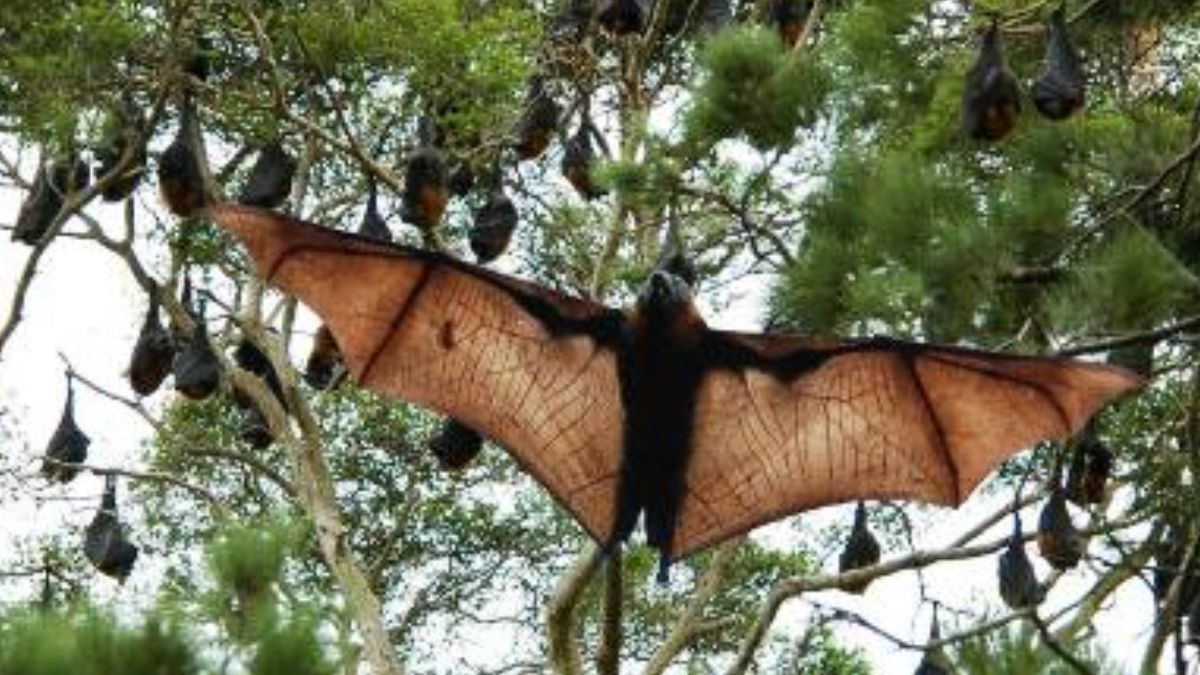Tragedy has struck Chesongoch area in Marakwet East, Elgeyo Marakwet County, where devastating floods have claimed over 20 lives, with more than 30 people unaccounted for, and hundreds of residents displaced.
At least 25 survivors are receiving treatment at the Moi Teaching and Referral Hospital (MTRH) in Eldoret.
The floods followed days of heavy rainfall that triggered landslides and flash floods, sweeping away homes and crops across the lower parts of the Kerio Valley.
Ironically, many victims had moved to higher grounds over the years seeking safety from persistent bandit attacks that have long plagued the region.
Those who perished in the floods are people who had already survived countless tragedies from massacres and bandit attacks to years of insecurity.
The new disaster has added pain to old wounds, reopening memories of loss that have scarred the valley for decades.
For years, Elgeyo Marakwet County, particularly the Kerio Valley belt, has endured waves of banditry and cattle rustling, mainly involving the Pokot and Marakwet communities.
Security reports estimate that over 1,000 people have lost their lives in the conflict, while thousands more have been displaced, schools closed, and livelihoods destroyed.
The recurring violence has forced many families to abandon fertile lowlands for the relative safety of the escarpments.
Within Chesongoch lies Murkutwo, the site of one of Kenya’s darkest tragedies. On the night of 12th March 2001, heavily armed raiders attacked the Marakwet community, killing 56 people, mostly women and children, and burning down several houses.
According to reports by the Kenya National Commission on Human Rights (KNCHR) and the Truth, Justice and Reconciliation Commission (TJRC), the Murkutwo Massacre was part of a long-standing cycle of inter-ethnic conflict and revenge attacks in the valley.
However, there is renewed hope. Thanks to the ongoing government disarmament operation, several illegal firearms and ammunition have been surrendered voluntarily, a move that has begun to foster peace and restore stability in the once-volatile Kerio Valley.
From massacre to floods, the people of Elgeyo Marakwet County continue to face tragedy after tragedy, victims of both man-made violence and natural disasters, yet their resilience and hope for lasting peace remain unbroken.











